Name George Burroughs | ||
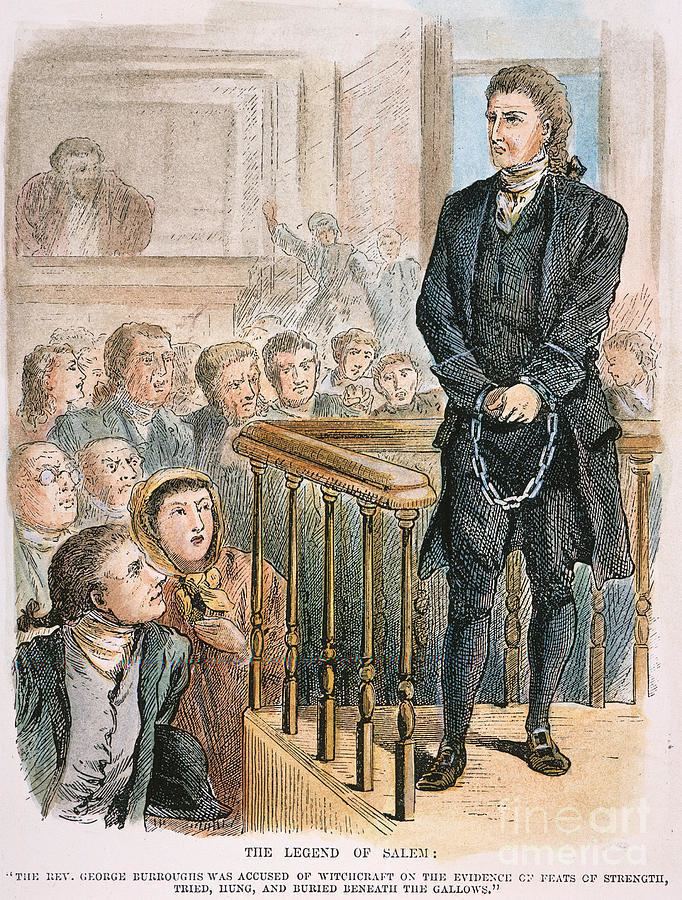 | ||
Similar People Cotton Mather, Increase Mather, John Proctor | ||
George burroughs
George Burroughs (c. 1652 – August 19, 1692), was the only minister executed for witchcraft during the course of the Salem witch trials.
Contents
- George burroughs
- George burroughs english iii video project
- Early life
- Accusation and trial for witchcraft
- Execution and aftermath
- References
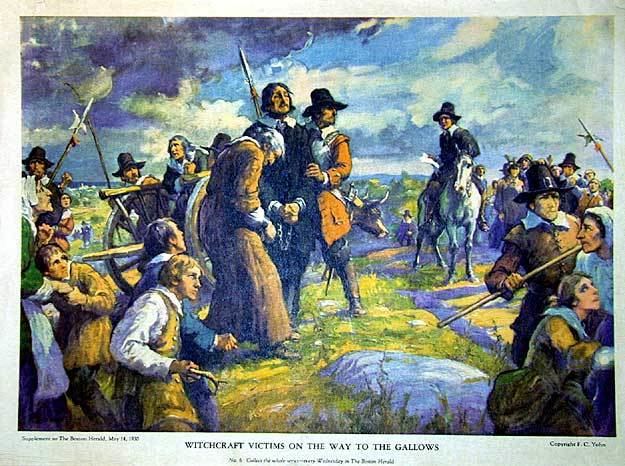
George burroughs english iii video project
Early life
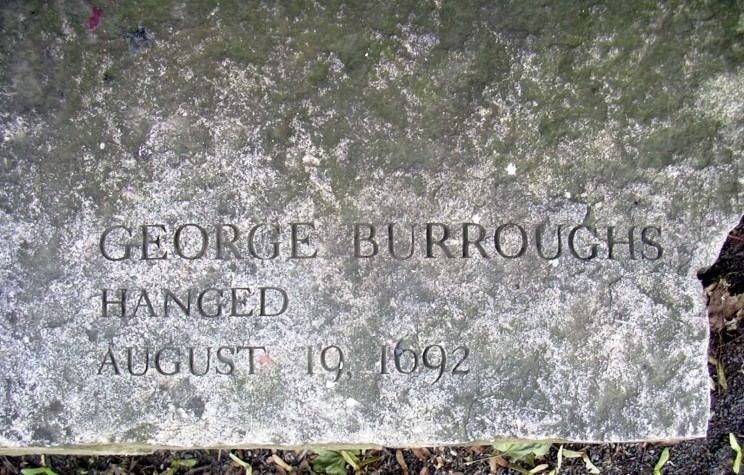
George Burroughs was born in Suffolk, England. He left England for Massachusetts at a young age, where he was raised by his mother in the town of Roxbury. As an American Congregational pastor, he graduated from Harvard College in 1670 with distinguished honors, and became the Minister of Salem Village in 1680 (where he would eventually be convicted of witchcraft and hanged). He held this post until 1683, departing following a dispute with his parishoners over his pay. Burroughs moved to Falmouth (now Portland, Maine), in which he lived until it was destroyed by the Wabanaki Confederacy in 1690. He then moved to Wells, Maine, believing it would be safer from Indian attacks.

Burroughs was described in a reading by Frances Hill: "George Burroughs was confident, strong-willed, and decisive, a man of action as well as a preacher, unusually athletic and clever enough to do well in Harvard. Short of stature, muscular, dark-complexioned, he was highly attractive to women, as is shown by his winning the hand of a rich widow as his second wife when he was a mere village minister."
Accusation and trial for witchcraft

In letters dated to 1691 from the Littlefields, founder of Wells, Maine, and in-laws to Peter Cloyce, and Rev. George Burroughs, signed by Peter's brothers John and Nathaniel, were sent to the Governor and Council to improve the conditions of Wells, Maine. Peter's second wife Sarah Cloyce, sister of Rebecca Town Nurse and Mary Town Easty, relocated to Salem End, now West Framingham.
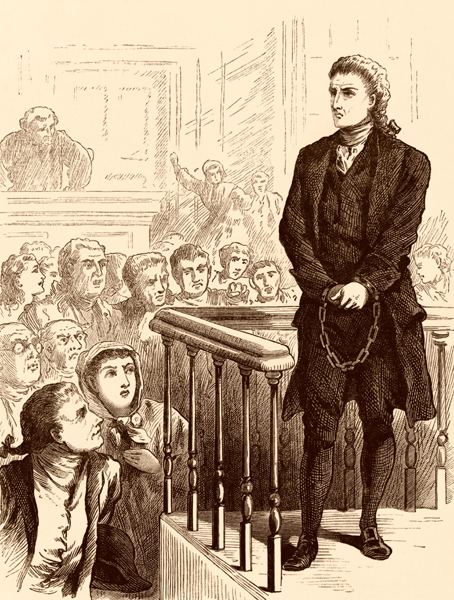
Burroughs was arrested on charges of witchcraft on April 30, 1692, based on the accusation of some personal enemies from his former congregation who had sued him for debt. At his trial, which took place in May, he was found guilty based on evidence that included his extraordinary feats of strength, such as lifting a musket by inserting his finger into the barrel (such feats of strength being presumed impossible without diabolical assistance).
Execution and aftermath
George Burroughs was hanged at Proctor's Ledge in present-day Salem on August 19, 1692. He's the only minister to have experienced this horrible fate in American history. Although the jury had found no witches' marks on his body, he was nonetheless convicted of witchcraft and a Conspiracy with the devil.
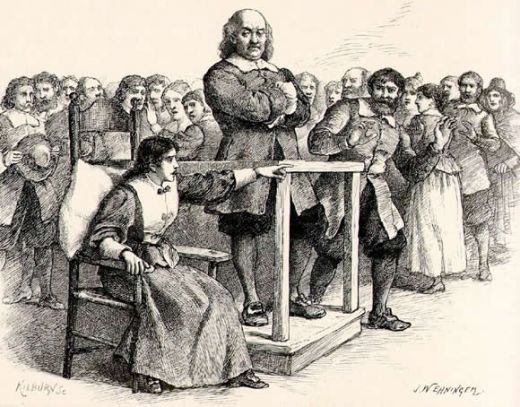
While standing on a ladder before the crowd, waiting to be hanged, he successfully recited the Lord's Prayer, something that was generally considered by the Court of Oyer and Terminer to be impossible for a witch to do. After he was killed, Cotton Mather, a minister from Boston, reminded the crowd from atop his horse that Burroughs had been convicted in a court of law, and spoke convincingly enough that four more were executed after Burroughs.
Below is the original account as first compiled and published in 1700 by Robert Calef in More Wonders of The Invisible World, and later reprinted or relied upon by others including Charles Wentworth Upham and George Lincoln Burr:
Mr. Burroughs was carried in a cart with others, through the streets of Salem, to execution. When he was upon the ladder, he made a speech for the clearing of his innocency, with such solemn and serious expressions as were to the admiration of all present; his prayer (which he concluded by repeating the Lord’s Prayer) was so well worded, and uttered with such composedness as such fervency of spirit, as was very Affecting, and drew tears from many, so that if seemed to some that the spectators would hinder the execution. The accusers said the black man [Devil] stood and dictated to him. As soon as he was turned off [hung], Mr. Cotton Mather, being mounted upon a horse, addressed himself to the people, partly to declare that he [Mr. Burroughs] was no ordained Minister, partly to possess the people of his guilt, saying that the devil often had been transformed into the Angel of Light. And this did somewhat appease the people, and the executions went on; when he [Mr. Burroughs] was cut down, he was dragged by a Halter to a hole, or grave, between the rocks, about two feet deep; his shirt and breeches being pulled off, and an old pair of trousers of one executed put on his lower parts: he was so put in, together with Willard and Carrier, that one of his hands, and his chin, and a foot of one of them, was left uncovered.
